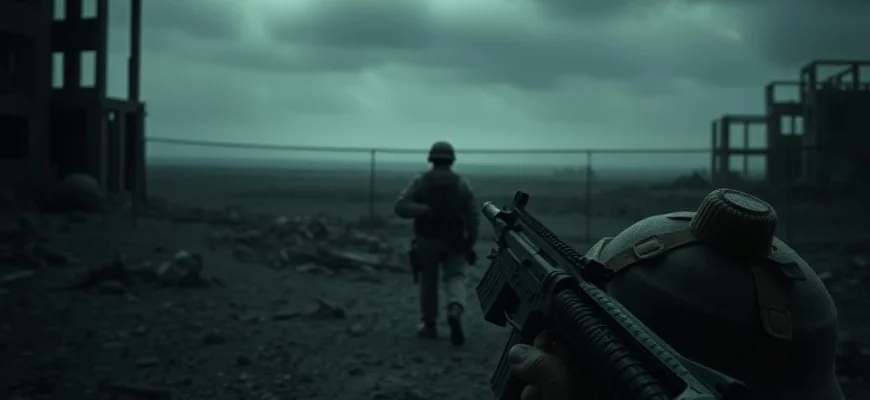If you enjoyed the gripping tension and raw realism of 'Redacted' (2007), you're likely craving more films that delve into the harsh truths of war and its consequences. This article highlights 10 movies and shows that share similar themes of conflict, moral ambiguity, and unfiltered storytelling, perfect for fans of intense, thought-provoking cinema.
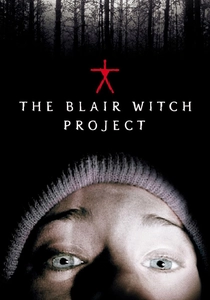
The Blair Witch Project (1999)
Description: This film is a pioneering example of found footage horror, creating an immersive and terrifying experience through its raw, documentary-style presentation. The sense of realism and psychological tension is heightened by the unknown and unseen threats.
Fact: The film was made on a budget of only $60,000 but grossed over $248 million worldwide, making it one of the most profitable films ever. Many viewers initially believed the events depicted were real due to its clever marketing campaign.
 Watch Now
Watch Now 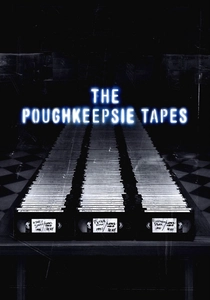
The Poughkeepsie Tapes (2007)
Description: A chilling found footage film presented as a documentary about a serial killer's recordings. The disturbing realism and fragmented narrative create an unsettling, voyeuristic experience.
Fact: The film was completed in 2007 but not widely released until 2014 due to its extreme content. Many scenes were improvised to enhance the documentary feel.
 Watch Now
Watch Now 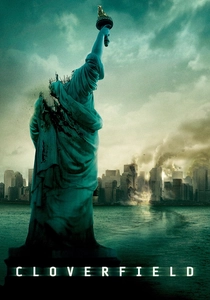
Cloverfield (2008)
Description: A found footage monster movie that combines personal drama with large-scale destruction, creating a visceral and chaotic experience. The shaky camerawork and first-person perspective immerse the audience in the chaos.
Fact: The film's viral marketing campaign included cryptic websites and fake news reports to build hype. The monster's design was kept secret until the movie's release to maintain suspense.
 Watch Now
Watch Now 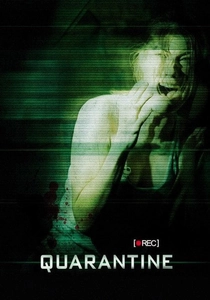
Quarantine (2008)
Description: This film adapts the found footage style to a zombie outbreak scenario, trapping viewers in a claustrophobic environment with escalating terror. The real-time narrative intensifies the sense of urgency and dread.
Fact: It is a remake of the Spanish film [REC], but it follows the original very closely. The entire movie is set inside a single apartment building, adding to the confined, tense atmosphere.
 Watch Now
Watch Now 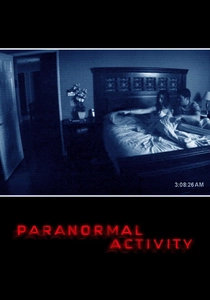
Paranormal Activity (2007)
Description: Utilizing the found footage format, this movie builds suspense through slow-burn, everyday settings that gradually escalate into terrifying supernatural events. The minimalist approach amplifies the fear of the unknown.
Fact: The original version was shot in just seven days for $15,
 Watch Now
Watch Now 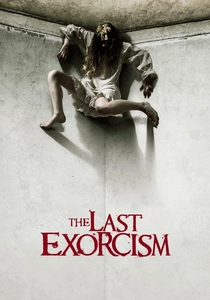
The Last Exorcism (2010)
Description: A mockumentary-style horror film that explores themes of faith and deception, blending psychological horror with supernatural elements. The handheld camera work and ambiguous storytelling keep the audience questioning what is real.
Fact: The film's ending was reshot after test audiences found the original conclusion too bleak. It was marketed as based on true events, though it is entirely fictional.
 Watch Now
Watch Now 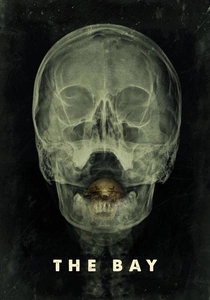
The Bay (2012)
Description: This eco-horror film uses a multi-source found footage approach to depict a biological disaster, blending environmental themes with body horror. The fragmented storytelling mimics real-life crisis reporting.
Fact: The film was inspired by real environmental issues in the Chesapeake Bay. Director Barry Levinson, known for dramas, took a sharp turn into horror with this project.
 Watch Now
Watch Now 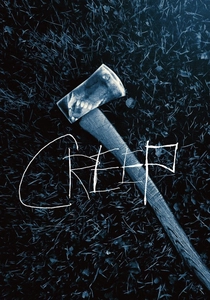
Creep (2014)
Description: A psychological horror film that uses the found footage format to explore themes of trust and manipulation. The intimate, unsettling dynamic between the two main characters drives the tension.
Fact: The film was shot in just eight days with a minimal crew. The lead actor also wrote the screenplay, contributing to the film's improvisational feel.
 Watch Now
Watch Now 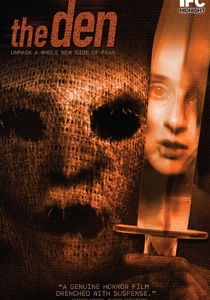
The Den (2013)
Description: A tech-based found footage horror film that explores the dangers of online anonymity and voyeurism. The screen-based narrative creates a modern, relatable fear of digital invasion.
Fact: The entire film is presented through computer and webcam screens, a style later popularized by 'Unfriended.' It was inspired by real-life cases of cyber exploitation.
 Watch Now
Watch Now 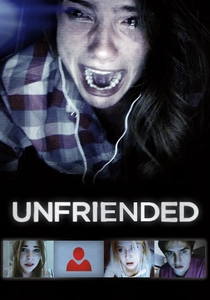
Unfriended (2014)
Description: A horror film told entirely through a computer screen, blending supernatural elements with cyberbullying themes. The real-time format and familiar digital interface make the horror feel immediate and personal.
Fact: The film was shot in just ten days using actual screen recording software. It was one of the first mainstream horror movies to use the 'screenlife' format.
 Watch Now
Watch Now 
